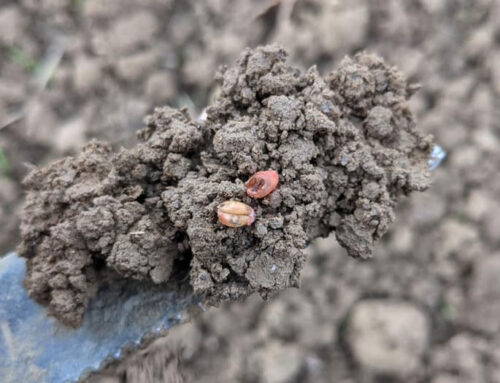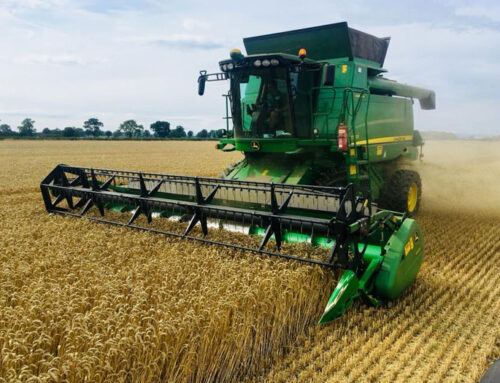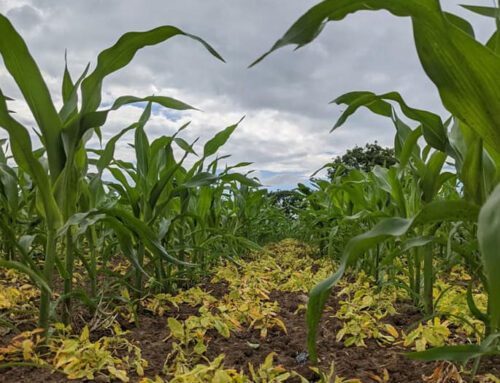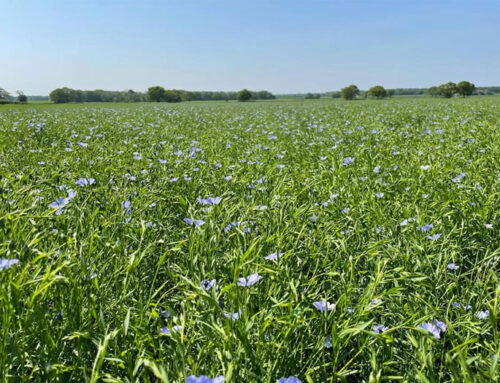With the rugby season now complete, with the final game for Yorkshire against Lancashire yesterday, it feels like the crop walking season is following suit and should be drawing to an end over the next 6 weeks. As I write this, we have had a very welcome rain and although not a life saver it has certainly brightened up everyone’s spirits. Loamy soils have been coping the best and are doing a good job at holding onto moisture and keeping crops fed. Heavier, cloddy soils are a different story with spring crop emergence proving patchy, most seeds have chitted however growth is slow, and a lack of any future rain poses the risk of these small plants giving up the ghost.
Blackgrass has another grassweed friend proving to be just as big a headache this season, due to the poor performance of spring grassweed sprays…..ryegrass. The cold snap of weather we received straight after application has seemed to greatly reduce the efficacy of these early spring herbicides. With grain prices as strong as they are, I feel patches that would usually be burnt out will make it through to harvest and the litter of seeds will be to deal with in future….oh joy!
Winter wheat crops are looking great and yield potential promising. The early infections of yellow rust which enjoyed the warm, dry conditions now seem to be under control. Those crops that received a well-timed T0 application of tebuconazole or azoxystrobin have faired better than where they didn’t get applied, for various reasons. A bolstered T1 however with a triazole or strobilurin partner have proved their worth and have cleaned crops up ready for their main T2 fungicide application. All flag leaf sheets are now on farm with earlier sown crops already receiving the spray. I have chosen to base the majority of my T2 sprays around fenpicoxamid (inatreq active). Supply has been a bit of an issue, but I managed to get most of my quota on farm last month.
Winter barley crops have all now had their final fungicide and as with wheats look well. Crop height has been an issue in some places as trinexapac and chlormequat applications were delayed due to unfavourable conditions early last month and as a result have had a top up of mepiquat chloride at varying doses.
The last fields of maize were sown last week and will have all had their pre-emergence sprays of pendimethalin which will hopefully give some protection from emerging polygonums, before they will get their main herbicide around the 3 leaf stage of the crop.
Fodder beet is now emerging, the majority of crops have been sown on kind land this year so emergence is proving to be nice and even. This bodes well for the Broadacre programme which is my favoured herbicide approach. First applications will be going on this week.
Finally, I will conclude with oilseed rape. Final sclerotinia sprays have been applied and petal fall is approaching its final stages with pods vastly abundant. If these pods fill to their potential and prices start topping £840/t I will begin to see some slight smiles on faces, however as we have learnt with OSR, it’s not until the combine goes through the crop do we know its true value.




